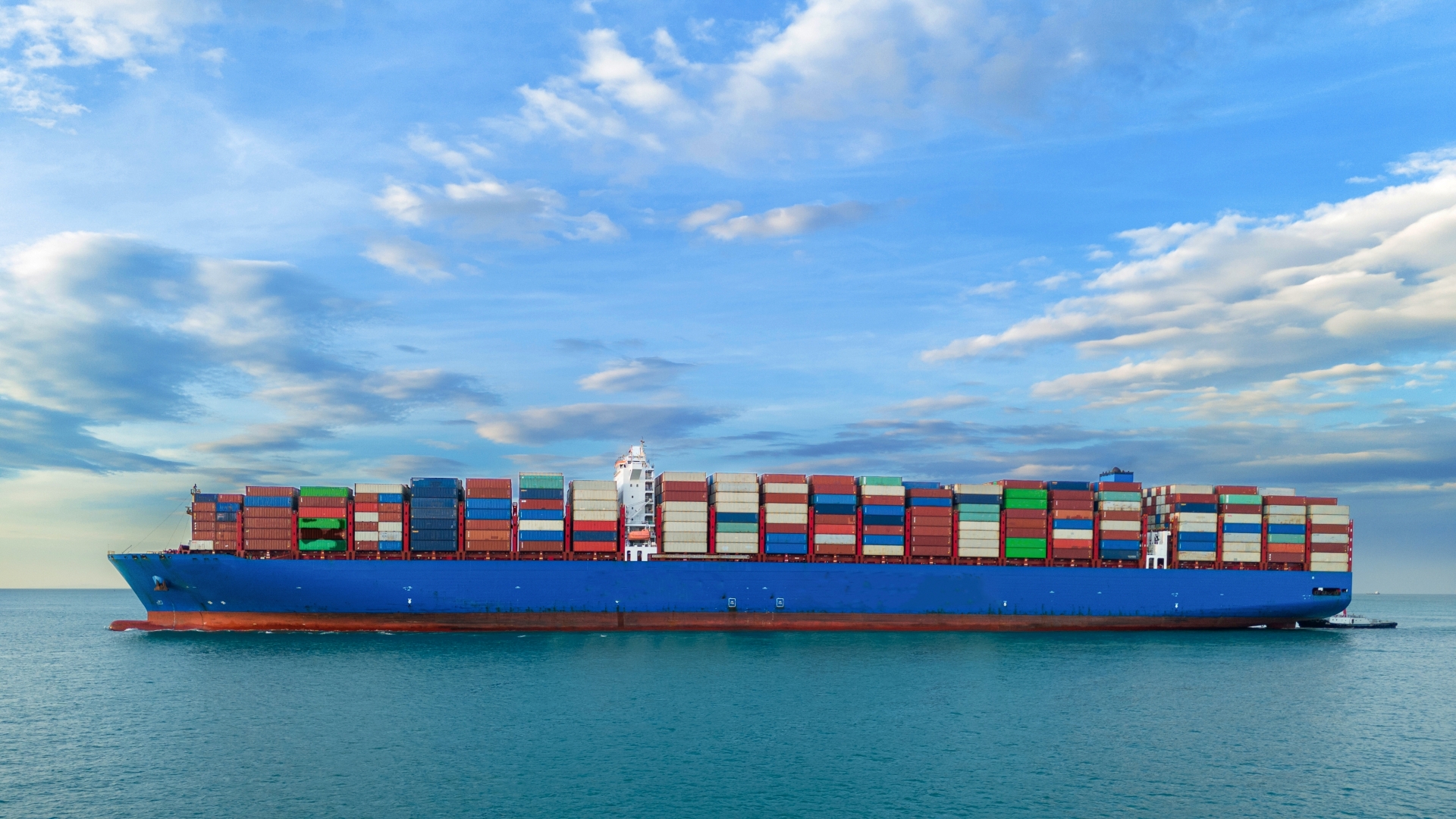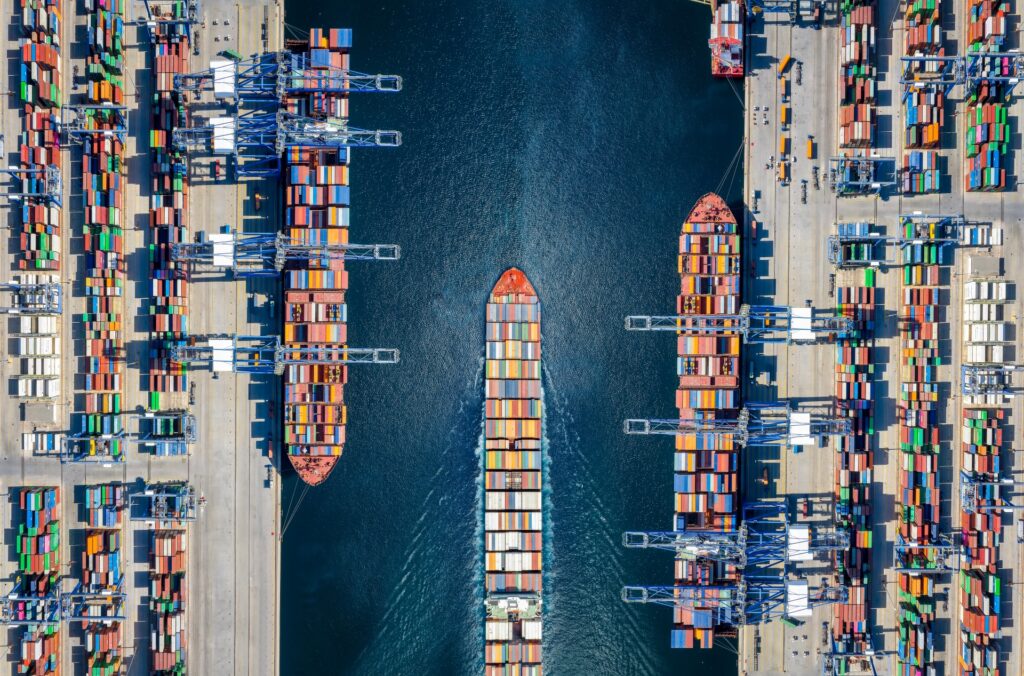This spotlight offers a preview of insights from Gerald Tan, CEO of Agridence, who will be speaking at the upcoming ICC Supply Chain Finance Summit.
Gerald will be joining a panel discussion on the theme ‘How technology – from blockchain to AI to digital documentation – is driving efficiency and new risk models in trade and supply chain finance‘.
As global trade and finance undergo rapid transformation, technologies like blockchain, digitalisation and AI are redefining trust, reshaping how deals are structured, and creating new ways to assess and manage risk.
What follows are soundbites that capture how these technologies are already influencing trade finance, the challenges that stand in the way of adoption, and the opportunities and risks that will define the future of supply chain finance.
Q: Blockchain is often talked about as a trust enabler, what’s one way it’s reducing risk in trade and supply chain finance today?
Blockchain offers a method for immutable event recording, there are multiple robust technologies such as distributed databases with verified audit trails that can deliver similar integrity and transparency.
Agridence’s focus is on outcomes: secure, transparent, and auditable data flows. Solutions should fit the risk context, the partners’ digital maturity, and the regulatory framework, rather than being technology-led.
Q: Trade still runs on mountains of paperwork – how does digitising documentation change not just efficiency but the very way deals are structured and enforced?
Digitising documentation transforms the fundamental architecture of trade deals. Digitalisation allows for dynamic payment terms and conditional financing because smart contracts can automate the execution and compliance checks of each trade milestone.
With integrated ESG and compliance data, digital documentation makes sustainability and ethical sourcing requirements enforceable as part of the financing structure, enabling responsible trading at scale.
Q: AI isn’t just about automation. How is it transforming the way lenders predict disruptions and creditworthiness across global supply chains?
AI is elevating supply chain finance from rule-based automation to predictive risk intelligence.
Creditworthiness can be assessed dynamically by analyzing transactional, behavioural, and third-party data to help financial institutions support credit decisions.
LLMs makes ingesting large volumes of real-time data such as trade flows, news, ESG events, and even satellite imagery readily accessible thereby allowing lenders to better understand their position and risks.
Q: Where do you see the biggest disconnect right now between the potential of these technologies and their actual adoption in trade finance?
Trust and interoperability remain major roadblocks: without industry-wide standards and common data frameworks, even the best technology can become another silo, limiting its network effects in global trade.
Cultural inertia, change-averse stakeholders, fear of transparency, and outdated incentive structures remains a critical barrier to adoption, especially in the agri-commodity sector.
Q: If you had identify the single greatest opportunity, and the single greatest risk, that technology brings to the future of supply chain finance, what would they be?
The single greatest opportunity is the ability to create a digital credit worthiness passport with shared data environments where counterparties, can collaborate on trusted, real-time information, creating new risk-sharing models, faster trade cycles, and reduced financing friction and risk.
The single greatest risk is “digital exclusion”: that technology solutions are not designed for interoperability, regulatory compliance, and user accessibility. This will entrench divides, exclude critical supply chain actors.
Find out more about Gerald Tan, our speaker at the ICC SCF Summit 2025 here.





